Rendezvous with Nuclear (Part 2)
Posted by Wesley on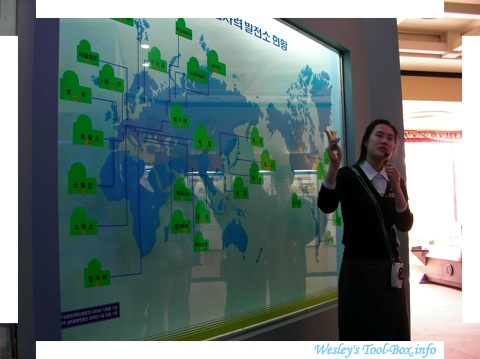
The first thing that came into view as we entered the exhibition room was a map of the world showing where the nuclear reactors have been built. The guide explained that, with 20 reactors, Korea ranked 6th in nuclear power generation capacity, trailing Germany. United States came out on top but they haven't really built new ones in about 3 decades. Two things were evident about Korea regarding this ranking: its reliance on nuclear power is significant, and its overall energy consumption is quite large as well.
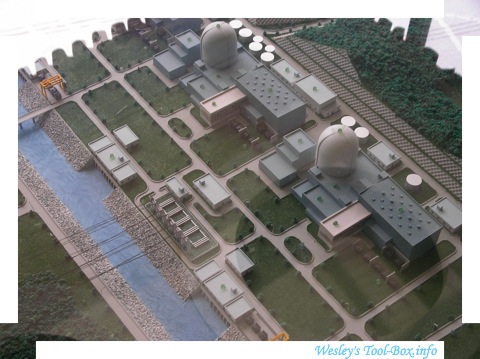
We moved onto a complete scaled model of the Yeonggwang nuclear power plant site. Not only did it show the reactor buildings, it showed the environment around it so we could see how the reactors get the coolant water, and how it is disposed after use. This exhibit not only showed us a nice bird's-eye view of everything, but it effectively showed what sort of environmental effect the plant might have regarding its use of water.
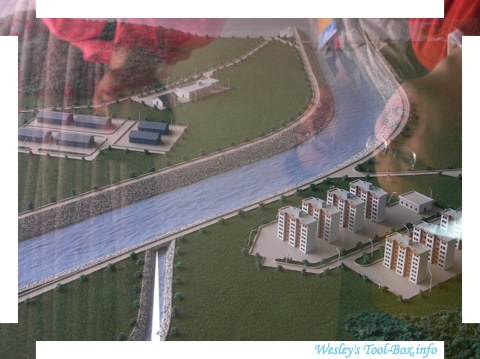
The guide noted that the exhaust water is not radioactive but warmer than the intake water. In contrary to some claims that this detrimentally affects the fishing industry, she said it actually attracts a lot of fish nearby. She told us that the plant holds fishing competition there regularly. To prove that fish caught there are healthy and good to eat the catches are measured and then eaten by the executives on the spot. These guys put a lot of effort to promote the safe nature of nuclear power plants.
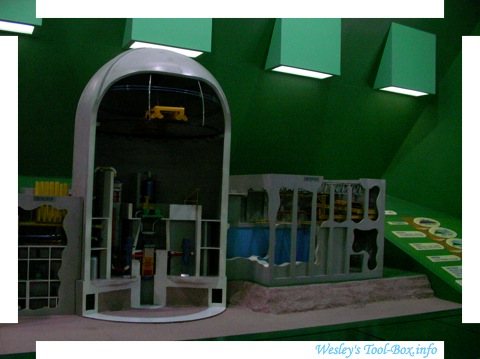
Another scaled model followed, this time a single nuclear power plant unit with a cutaway view. The trademark dome-shaped reactor building had two buildings attached to it: a long one on the left housed the steam turbines and generator while a small one on the right was the fuel storage building, both new and old. While we've previously been briefed of the layout of this Korean Standard Nuclear Plant (KSNP) design in an earlier class, seeing it as a tangible model gave us a better idea of how it's constructed like. This design has been applied to units 5 and 6 of Yeonggwang Nuclear Power Plant, and what's more, we would tour unit 6 later in the day. Talk about thorough education process!
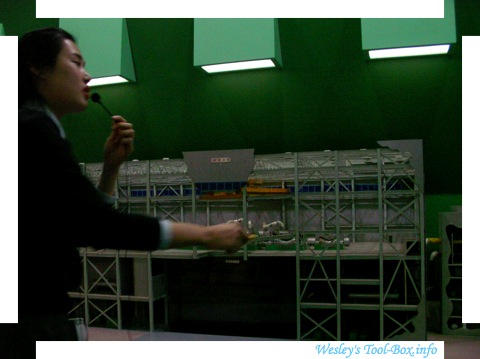
Here's how it works. The fuel is brought into the right building and loaded as needed into the reactor. The pressurized hot water generated from the reactor heats water from the left building into steam, which in turn spins the turbines and makes the generator produce electricity. Spent fuels are pulled out of the reactor and returned to the right building. Because the water from the reactor is separate from the actual steam that turns the turbines, radioactive materials are effectively quarantined to within the reactor only, at the expense of a bit of efficiency.
The guide continued on to a large diagram on the wall.